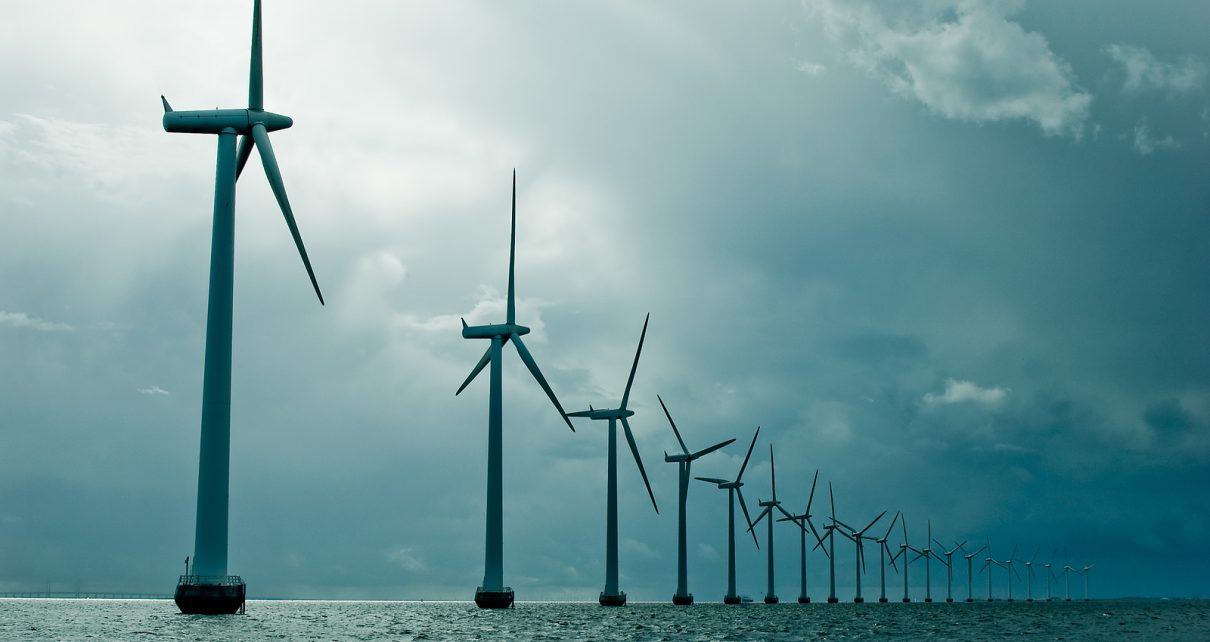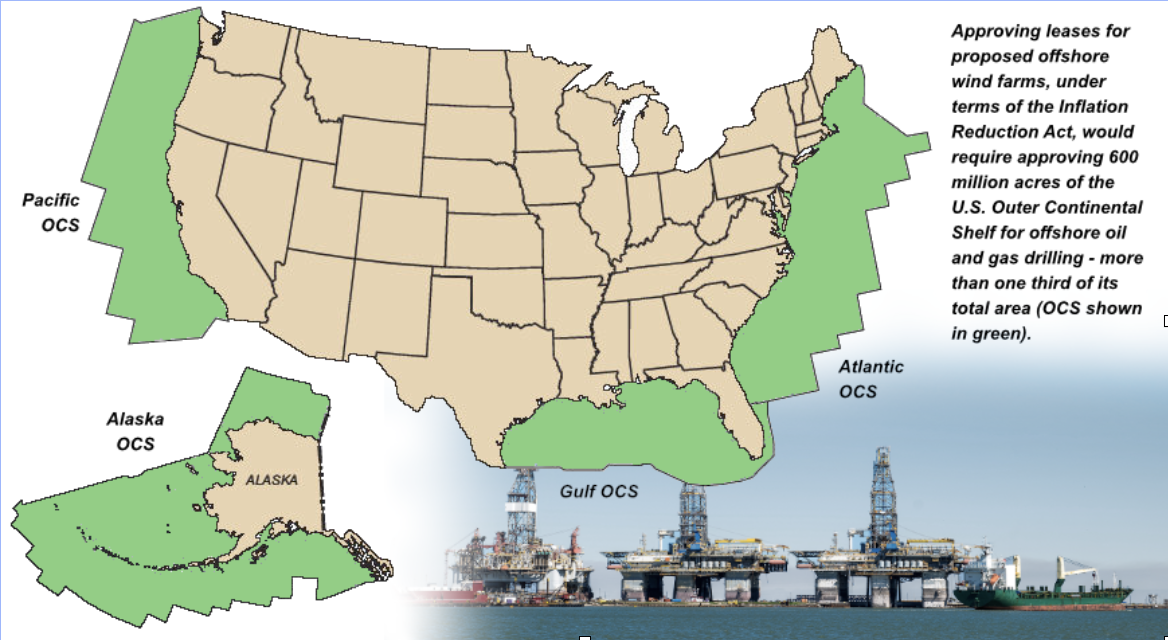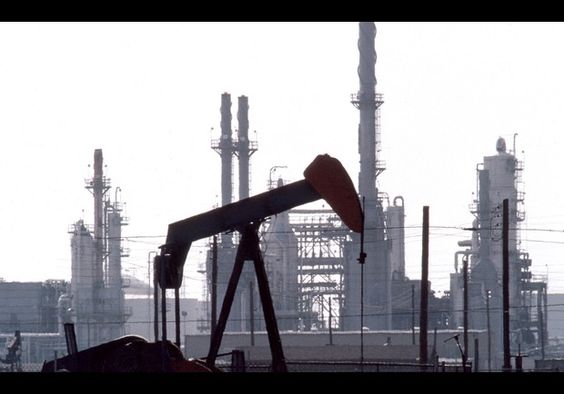
Windmills In A Row On Cloudy Weather. (Photo: Bigstock)
Why Windfarms Off California’s Coast are a Bonanza for Oil Companies
Tax credits for offshore windfarms in Biden’s Inflation Reduction Act came with strings attached: up to 600 million additional acres leased for offshore oil drilling
By Carl Wurtz, May 17, 2023 3:50 pm
Last week, senior White House climate advisor John Podesta revealed President Biden had pledged his support for a controversial natural gas pipeline project proposed by Sen. Joe Manchin of West Virginia. When environmental groups swiftly reacted in opposition, Podesta explained it had been negotiated in exchange for Manchin’s support of a bill to speed electricity transmission projects necessary to connect new wind and solar farms to the grid.
“Right now, the permitting process for clean energy infrastructure, including transmission, is plagued by delays and bottlenecks,” he said. “We’ve got to fix this problem now.”
It wasn’t the first time Biden had traded favors with Manchin seemingly at cross-purposes. In August, when environmentalists learned generous investment tax credits for offshore windfarms had been extended as part of the administration’s Inflation Reduction Act (IRA), it was hailed as a bold environmental step forward. The measure would honor a campaign pledge to deploy 30 gigawatts of offshore wind capacity – the energy equivalent of 8 nuclear power plants – and the bill somehow managed to survive one of the most rancorous political climates in recent history.
After the dust cleared, however, wind proponents discovered the credits had come at a steep price: each year, leases for the proposed farms would be contingent upon leasing at least 60 million acres for offshore oil or gas drilling the year before.
That Biden would cede so much ground to fossil interests infuriated environmental groups from Alaska’s Cook Inlet to the Gulf of Mexico, where drilling projects had been successfully blocked for years. Proponents argued the plan would deliver oil that would otherwise be imported from Saudi Arabia, Iraq, or other countries on which dependence could be risky; opponents argued it would extend America’s reliance on fossil fuels decades into the future, and put meeting U.S. environmental goals at risk.

All parties knew concessions would be necessary to win bipartisan approval for the IRA. But the sheer scale of seafloor to be approved for offshore drilling was staggering: over a ten-year period, up to 600 million acres of leases on the U.S. Outer Continental Shelf would become available. Critics wondered: wouldn’t the quantity of CO2 emitted by oil retrieved from 600 million acres of offshore drilling, an area the size of Alaska and Texas combined, dwarf that prevented by new offshore wind capacity?
Though construction on wind projects on the East Coast has already begun, we believe Californians are entitled to an answer to the question before they become parties to what many perceive as a Faustian bargain. To that end, FissionTransition undertook an analysis to attempt to determine whether offshore wind, together with the legislative baggage it has accumulated, will lower net carbon emissions or increase them. The results were astonishing.
As with any analytical forecast, some assumptions were necessary:
• The current average yield of offshore oil leases, 52.3 barrels of crude per acre-year, was used for comparative purposes.
• No improvement in extraction techniques over the leases’ terms was assumed.
• We assumed offshore drilling would steadily increase by 60 million acres/yr until 2032, when the IRA expires.
• Extraction of offshore natural gas was not included in our analysis.
• We assumed no offshore wind energy would be curtailed (turned off, to help maintain stability).
Conclusion
Our analysis indicates that America’s broad expansion of offshore drilling, approved under the terms of the Inflation Reduction Act, would add 183 times more CO2e to the atmosphere than that prevented by all proposed offshore wind projects combined.*
That Biden’s plan for offshore wind would vastly increase carbon emissions is disappointing for anyone concerned about the accelerating impacts of climate change. The terms of leases granted for drilling are only 3 years, but oil extraction is permitted to continue as long as wells are productive, typically 20-30 years. By any estimation, offshore wind financed by the IRA will severely hamper efforts to achieve both federal and state emissions reductions in coming decades.
*Details and references available here.





2 thoughts on “Why Windfarms Off California’s Coast are a Bonanza for Oil Companies”